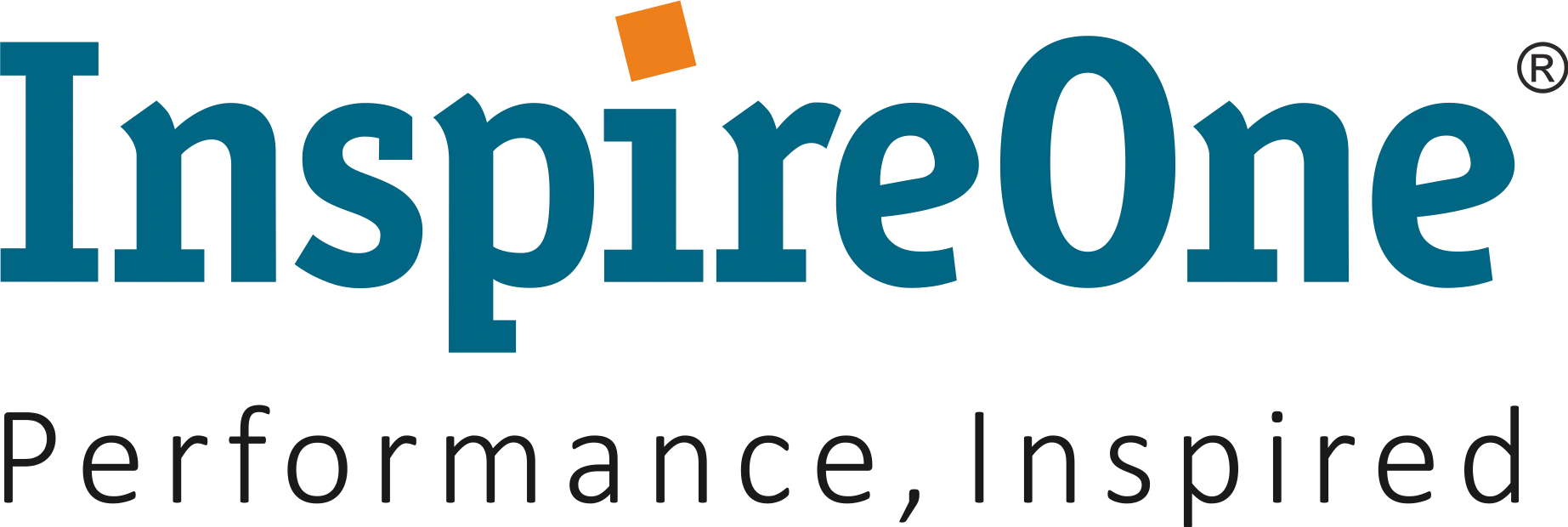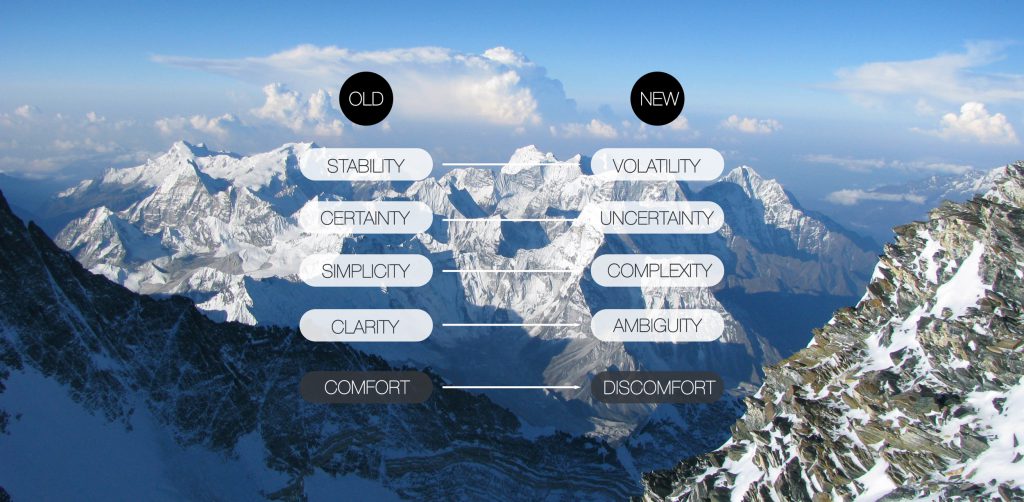Leadership Assessment – Setting the context
In our previous few blogs we have been exploring the different challenges that leaders in today’s VUCA environment have been facing, and the kind of competencies they need to display to effectively navigate these challenges.
The term VUCA stands for volatile, uncertain, complex and ambiguous. Although created by the US military to describe the extreme conditions of war, it has now become a popular term to describe the business environment. There are numerous examples of organizations struggling in these conditions, but there also are examples of some thriving. How do they do it? How are these organizations able to profit in conditions that others are barely coping with?
In a VUCA environment, carefully thought out and laid out plans do not often reap results. This does not mean that long-term planning has become irrelevant, it simply implies that planning and execution have become the baseline requirements for staying relevant and growing. This implies that to be successful in this business climate, leaders need to manage the critical dichotomy or paradox of being agile and responsive to immediate complex situations and having a long-term strategic outlook. A leader is therefore expected to prepare for the strategic direction for his/her business and at the same time be able to respond real time to the rapidly unfolding situations.
Data and data analytics, serve as one way for organizations to assess their capabilities and plan for these immediate and long-term requirements. Similarly, data also serves as a way for organizations to determine the capabilities of their present leaders, identify gaps and move towards developing them to best function in this VUCA world.
Leveraging strengths through Leadership Assessments – A Case
Leadership Assessment tools today have also undergone a significant transformation to be relevant. Just like business today isn’t what it was 30 years ago, leadership assessment tools have also grown and are playing a much more vital role in organizations today. From being simple personality or cognitive assessment tools, we now have tools assessing much more complex concepts and providing meaningful information that can and do provide organizations with insightful and actionable data points.
Let’s take the example of a large Indian conglomerate with diversified business interests in textiles, cement, and engineering among others. The organization wanted to accelerate its growth in the coming years, by grooming and preparing certain identified leaders for critical functional and technical roles. Being an organization with nearly a 100-year old legacy, with numerous businesses, each at different stages of growth and with their own set of dynamics. The legacy and its large size created challenges for embedding change to work towards innovation while maintaining the existing best practices.
This organization decided to use the leadership assessment tools as a way to identify and differentiate between their functional leaders and business leaders. First, an eligibility criterion was set to ensure only those leaders were assessed who had displayed consistent high performance. These identified leaders were then assessed using a cognitive assessment to filter out the list further. Post this the remaining leaders undertook a potential determining leadership assessment. The output of the entire process created two pools of leaders, one with individuals who could be groomed to become functional leaders and another who could be groomed to become business leaders over the next 3 years.
This example clearly shows the progress that has been made in leadership assessments. This company has moved away from a rear-view way of assessing to a future/potential based assessing. What this means is that organizations are no longer depending solely on past performance data to assess capability. The ability to align today’s leadership assessment tools to the organizations articulated desired competencies also allows for higher level of accuracy.
Having such a targeted view provided them with more meaningful data that they could use along with the past performance data to identify leaders and build their leadership pipeline. It also provided deeper insights into their identified leaders, which they can then use to leverage their innate strengths and motivators.
References:
- https://www.imd.org/publications/articles/how-to-prepare-leaders-for-a-vuca-world/
- https://www.impactinternational.com/blog/2012/01/leadership-vuca-world
If you enjoyed the blog would want to read more about leadership, employee engagement, culture change and productivity, be sure to subscribe to our blog by filling in your details below –
[wpforms id=”2488″]








